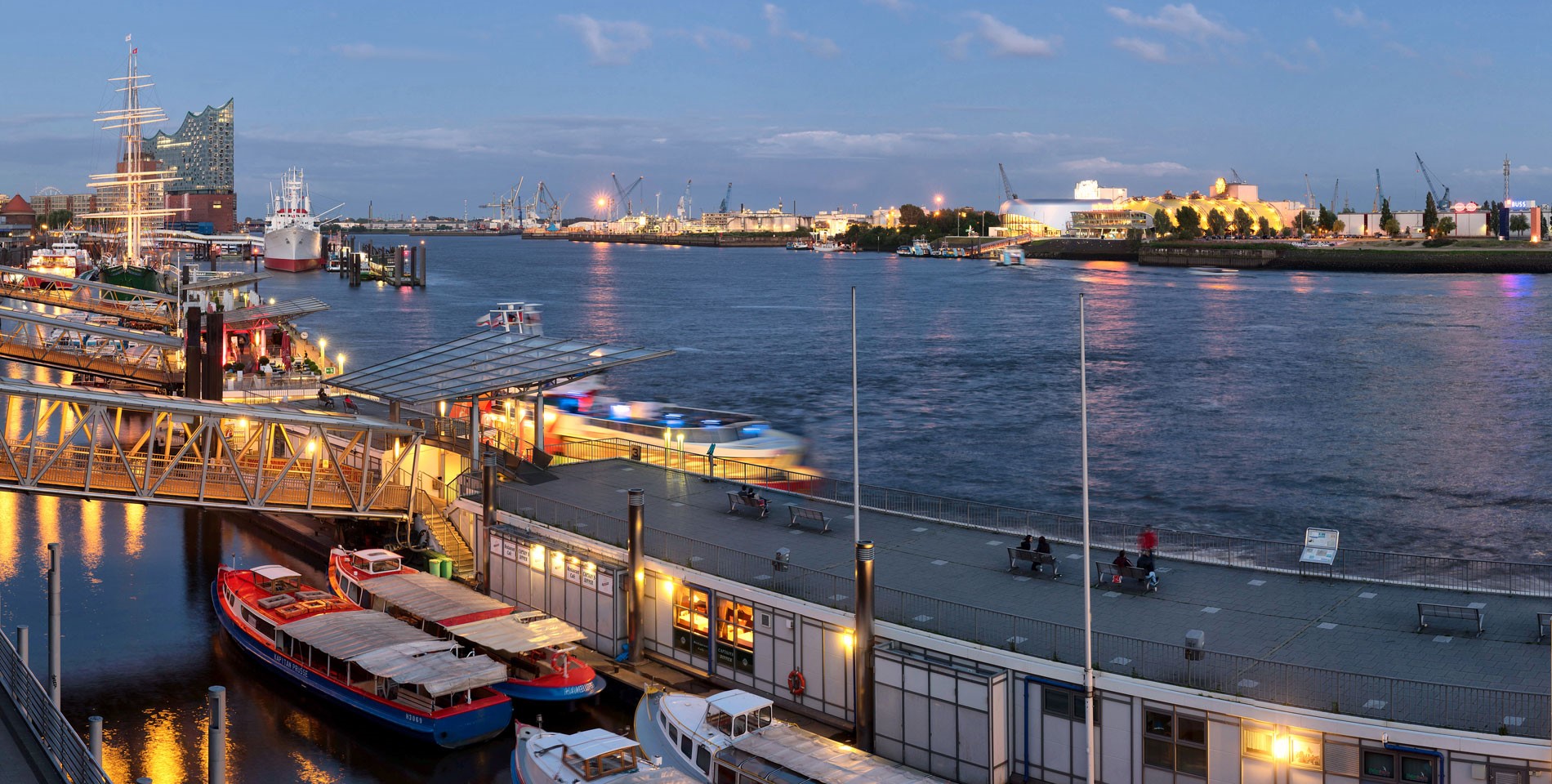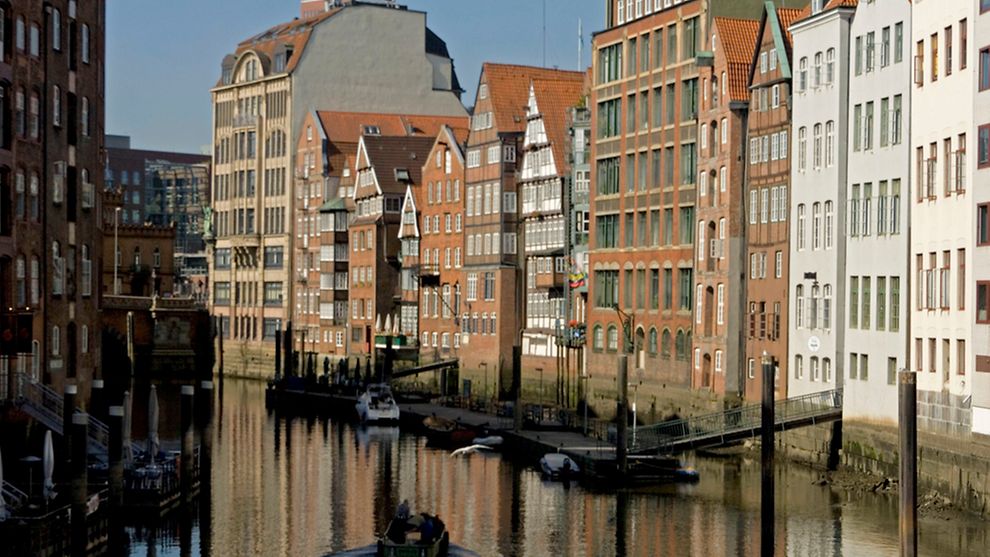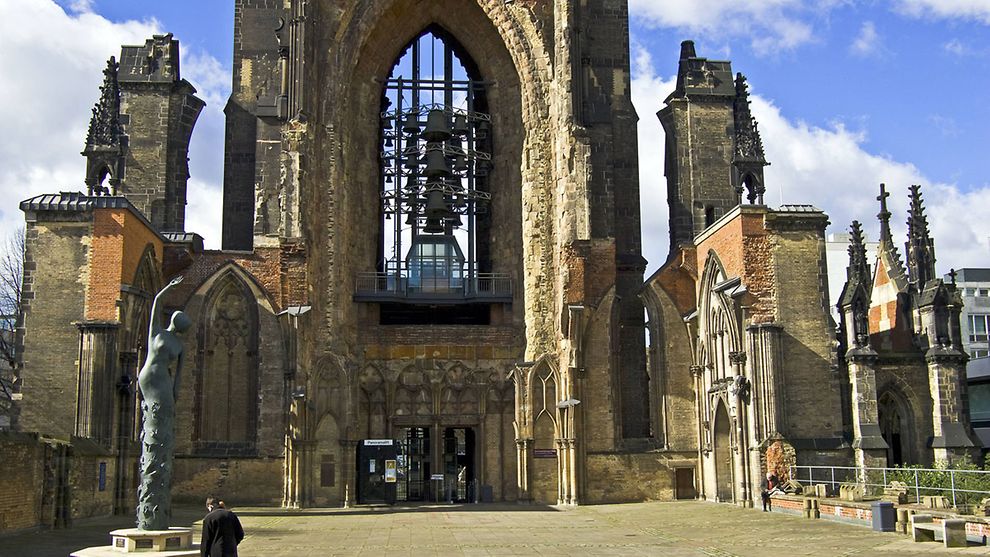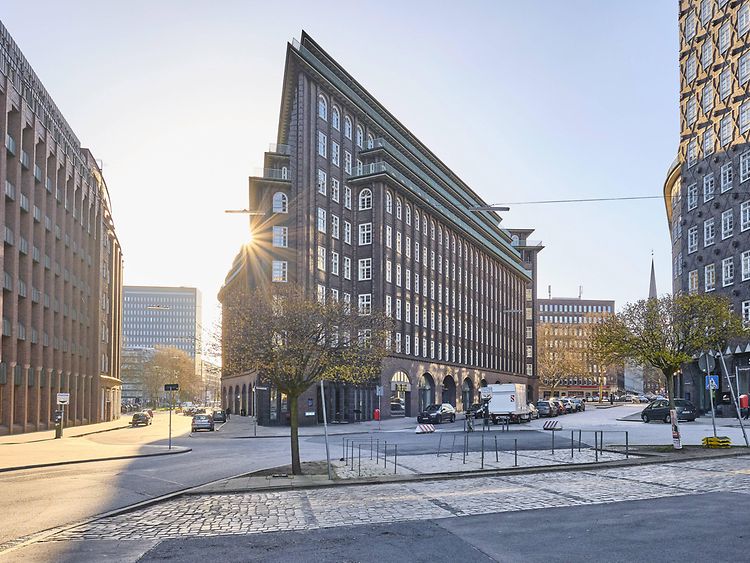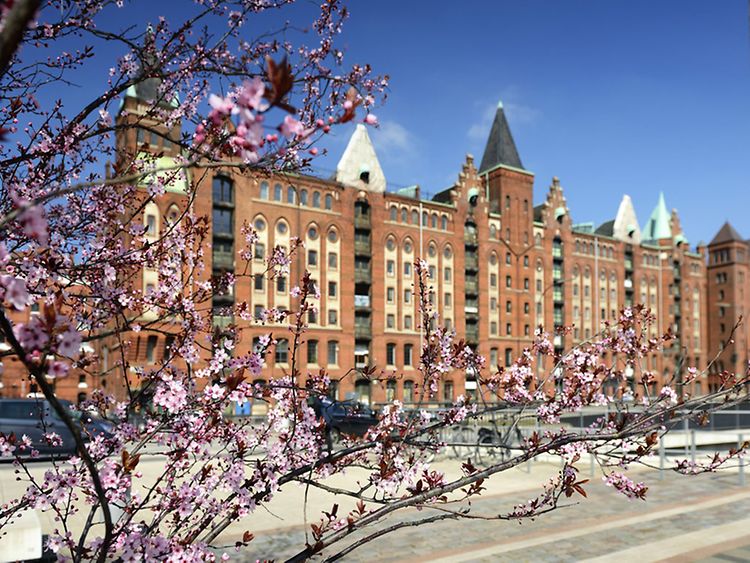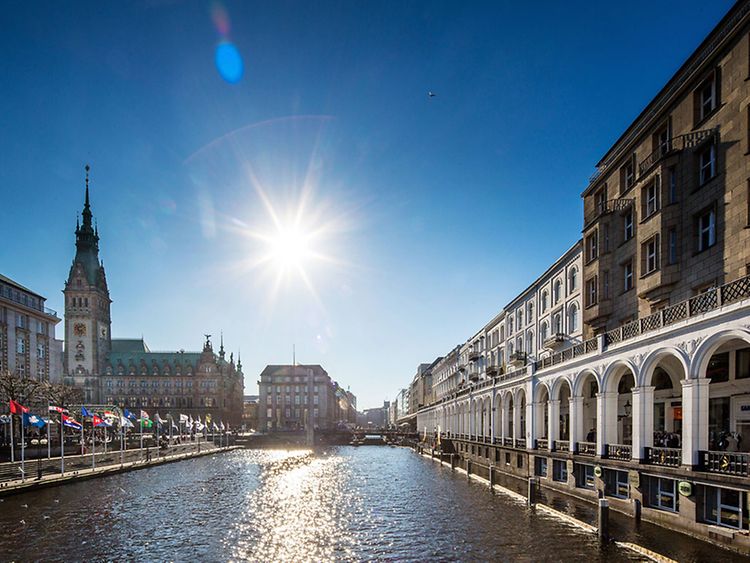The Old Hamburg
Upon entering the Deichstrasse street from the Hamburg port, the vibe changes instantly. The cool flair of modern office buildings makes way for some of Hamburg’s oldest townhouses. Cafés and restaurants like Das Kontor, Ti Breizh and Kartoffelkeller, as well as small shops line the pedestrian area of Deichstrasse. The timber-framed townhouses on the Nikolaifleet canal are characteristic of the area and some of the last remainders of a time long gone. The houses with their baroque fronts used to combine counting houses, living quarters and storage spaces under one roof. They could be entered from land and from water: goods were delivered from the canal boats. The rear of these houses still look a lot more functional than the representative storefronts of old. Narrow alleyways connected the street with the canal, which functions as the connection between the Inner Alster and the Elbe river. Until the year 1842 it led into the political and economic centre of the city at the time: the Alster port by the Trostbrücke bridge.
The Great Fire on Deichstrasse
Back in the 17th century, large parts of the Hamburg city centre looked exactly like Deichstrasse. This was changed fundamentally by the Great Fire that raged between 5 and 8 May, 1842. The exact cause of the fire remained unknown throughout time. Only the following has been established: at around 1 a.m., the fire broke out in Deichstrasse. Although sparing some of the Deichstrasse houses, it still spread so quickly, that firefighters had no chance to control it. It was time for desperate measures: the old city hall and other buildings around the Trostbrücke bridge had to be blown up. The fire still found a way to spread and it took a full three and a half days until the flames could be controlled. It’s easy to tell where the flames finally ceased - the street’s modern name is Brandsende - the ‘Fire’s End’ … and it’s nowhere near Deichstrasse.
Townhouses spared demolition
In WWII, a century after the Great Fire, the American and British bombers left devastating destruction in their wake. Hamburg was easy to reach and considered apt retaliation for the Nazi regime’s attacks of London and South England. Although large parts of the city, including the close-by St. Nikolai church, were destroyed, most of the houses on Deichstrasse remained intact.
Next up, it was the large traffic management projects of the 1970s that almost resulted in the demolition of the old houses. In 1972, a referendum saved the timber-framed structures - and a fund-raising campaign managed to pay for their renovation. Thanks to the people of Hamburg, visitors are still able to see, what the city must have looked like before 1842. Together with St. Nicolai, Speicherstadt and other sights in its proximity, this part of the city is a must-see on every trip to Hamburg.
Getting there:
U3 to Rödingsmarkt, or bus routes 17, 607 and 608 to Rödingsmarkt
